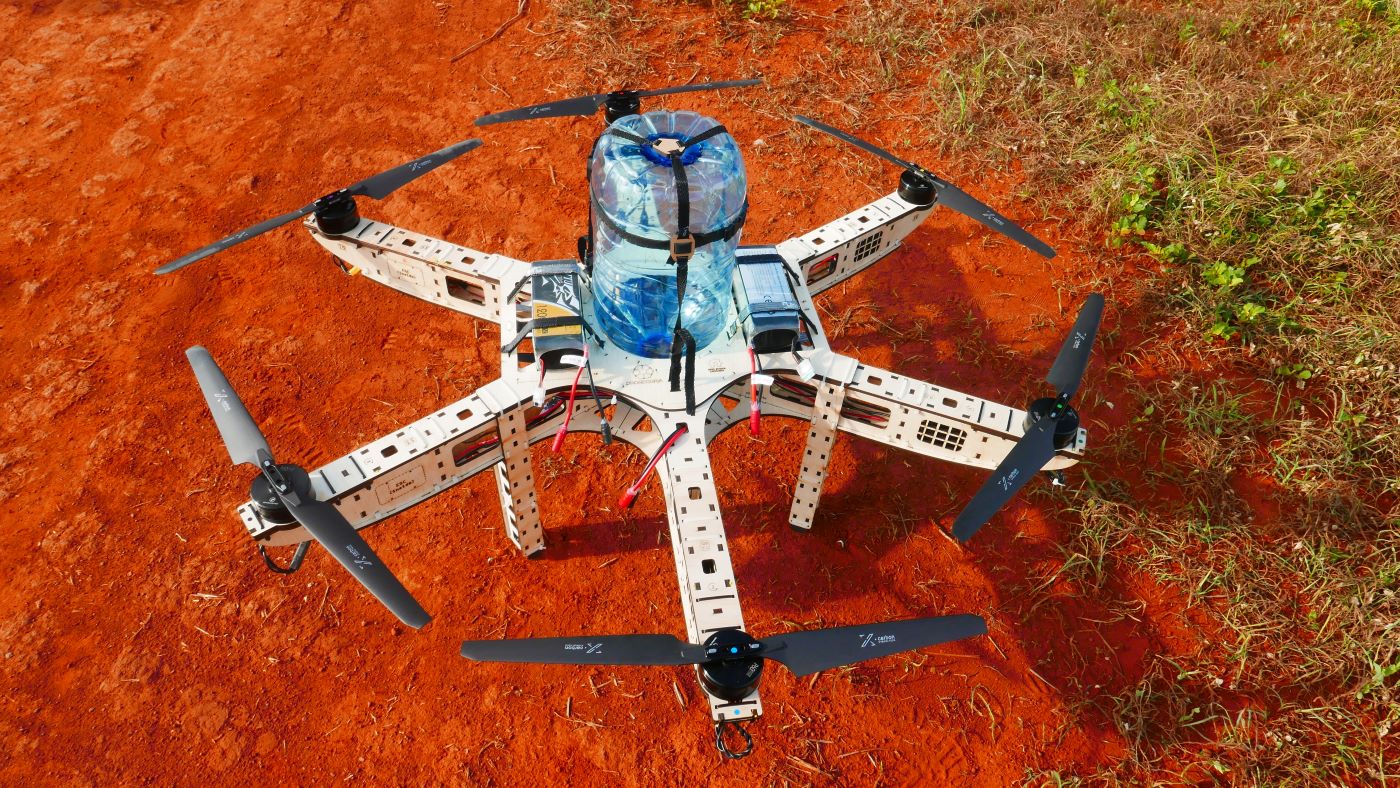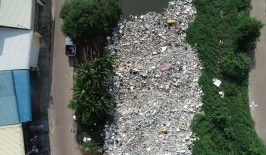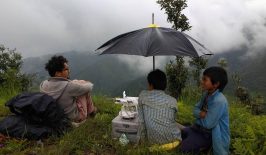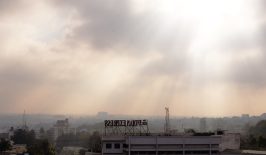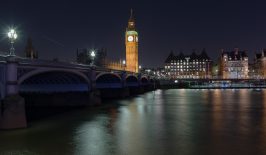A Spanish startup has developed an open source drone kit that wants to help speed up reforestation efforts across the globe.
Rainforests and woodlands play a hugely important role in protecting the climate, but they are increasingly threatened in many parts of the world. Forest fires triggered by climate change are destroying huge areas of rainforest, while the the addition of illegal forestry further exacerbates the problem. In Northern and Central Europe, too, the tree population is suffering from rising temperature and dry soils. In many regions of the world, effective and ecological reforestation efforts are urgently needed, but often the necessary skills, financial resources and technologies are not available. And planting all of those seeds manually can be both costly and inefficient.
DIY Drones That Generate New Life
The Spanish startup Dronecoria has a solution to this problem: drones as seed planters. Lot Amorós, founder of Dronecoria, explains to RESET: “Our goal is to improve the efficiency of global reforestation through the use of new seed technologies and drones and to make the process scalable.” The project was originally inspired by the use of military drones. “If killing life is the worst thing you can do with a drone, then the most valuable thing should be to transport life, to generate new life,” Amarós said.
What makes Dronecoria’s approach special is the drones it uses. The devices are not an expensively produced high-tech product, but can be put together by anyone with enough technical know-how. Wooden parts cut by laser technology are supplied as a kit by Dronecoria and the construction plans are freely available on the internet as open source. This way, production costs can be kept to a minimum and large-scale reforestation should also be possible for regions with less access to financial resources.
Once the drone is in the air, it can take over various tasks. First of all, it can carry out area analyses to find the perfect areas for seed sowing. In a second step, the drones then drop the seeds. One drone is able to cover one hectare in ten minutes. Up to half a million seeds can be sown per flight. Before this, the seeds are treated with a sophisticated technique known as “coating”.
Similar to other tree-planting drone projects that we’ve reported on in the past, each seed has to be covered with a layer – in this case, soil – that protects it from animals and guarantees it the necessary moisture to grow. This process is still labourious manual work, but Dronecoria has set itself the goal of soon bringing coating machines onto the market – and also making those construction plans available under an open source licence.
Open Source Against Climate Change
Founder Lot Amorós made a conscious decision to make his inventions available under an open source licence, even at the risk of the project being copied. When asked by RESET, he explained that there was a lack of freely available knowledge, especially in seed technologies:
“We believe that an invention with the potential to help save humanity should not be the property of a monopoly. Good ecosystems can be created through open source technologies. It should be technically possible to repair a drone in the middle of a field in Africa with the help of open knowledge, instead of having to send it to an industrialised country.”
Dronecoria drones are currently being used in projects in Spain and Brazil. Kits have also been delivered to Mexico, Colombia, Argentina and Turkey. And Lot Amarós has ambitious plans for Dronecoria: “We plan to make reforestation available as a service in Spain and the Mediterranean region and offer the drone in different versions worldwide, as a DIY kit or as a Ready-to-Fly drone”. However, there is often still a lack of investment. Amarós continues, “The problem in starting operations is not the lack of technology, but how to find the financial means to carry out reforestation on a large scale.” It is also still unclear whether reforestation will ever be able to keep up with the rapid destruction of forests that we have seen recent years. However, Dronecoria’s “flying seed helpers” could certainly end up being used widely and contributing to a fairer and more sustainable future for global reforestation projects – not least thanks to their open source licensing and DIY approach.
